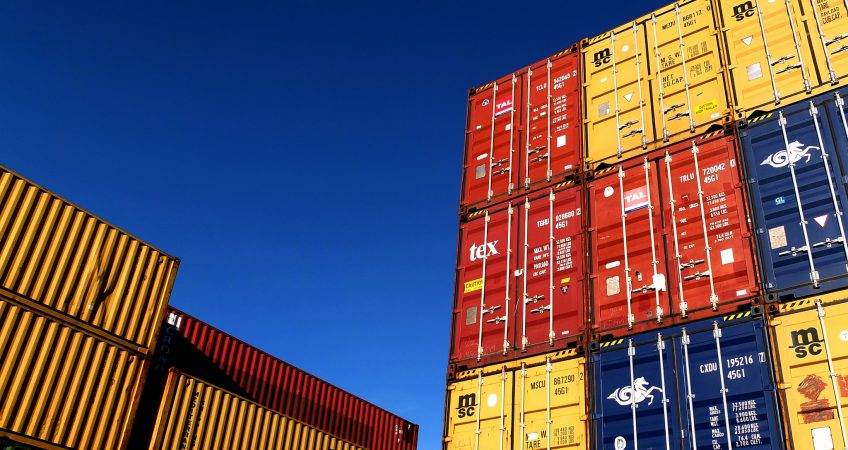The current configuration of maritime container shipping alliances

Daniel Bosch Wood
Maritim Lawyer
LLM Southampton
Las Palmas de Gran Canaria
What is its impact on the market and companies benefit from the reordering of the industry?
The new structuring of the alliances is already configured and Xeneta reviews the subject and some reflections as to who are the beneficiaries of the industry. Only in the month of April were formed and launched 3 important maritime transport alliances: a totally new, another redefined after a large merger and a third redefined after a major acquisition.
In sum, these three alliances bring together 11 shipping companies, including the top 10 in the industry, listed to which is added K-Line, ranked 15th in the world.
In the current scenario, the largest shipping alliance is 2M that brings together Maersk, the largest containerized shipping company in the world and MSC, which second in the ranking. They have a total of 223 vessels with a capacity of 6 million TEUs, 25 weekly services and 1327 port calls in alternate ports, accounting for 34% of the maritime transfer of containers.
With 28% of the containerized ocean shipment it is located in the second Ocean Alliance position, which has 323 container vessels, a capacity of 5.5 million TEUs, 40 weekly services and 1,571 landings in alternate ports. It is made up of CMA-CGM, Cosco Group, OOCL and Evergreen.
Finally, The Alliance is located with a 17% stake in the sector, consisting of Hapag Lloyd, NYK, Yang Ming, MOL and “K” Line. It has 241 ships, a capacity of 3, 3 million TEUs, 32 weekly service and 1152 calls in alternate ports.
Impact on the market
According to Alphaliner, these 3 alliances collectively represent 79% of the global maritime container transfer market, leaving 21% for the other smaller global and regional shipping companies.
If you consider Hyundai Merchant Marine (HMM) that maintains a strategic partnership with 2M, the participation in the global market is configured as follows: 2M + HMM, 36% Ocean Alliance 28%, THE Alliance 17% and Other 19%
Xeneta states that so far, it can be verified that of the 25 main container shipping companies that were present in 2000, only 15 remain in 2017, accounting for 10 that disappeared as Hanjin, Cho Yang or merged or were acquired as CSAV, UASC.
Who benefits?
European operators Maersk, CMA-CGM and Hapag Lloyd have been the main beneficiaries of these mergers and acquisitions. Call of attention that probably needed the “sleeping giant” Chinese.
Cosco, the number 7 in 2000, saw itself for the first time in the position number 1 after the gains of the third quarter of 2017, surpassing Maersk.
However, it should be considered that the cyber-attack of the summer of 2017 had a great impact on the reserves of Maersk, as The Loadstar points out: “And the addition of OOCL, with 1.6 million TEUs in the third quarter, suggests that 2018 could make the Chinese shipping company look like a permanent player at the top of the maritime transport league. ”
According to the CEO of AP Moller-Maersk, Soren Skou, told Financial Time, consolidations will continue and it is expected that the industry will have 5 or 6 leading global operators leading the market in the next decade.
